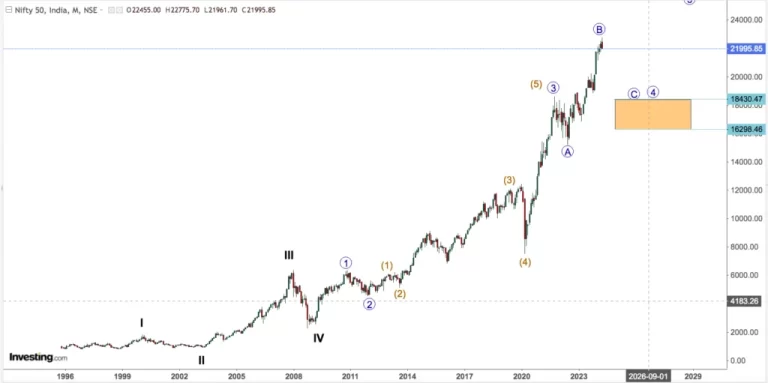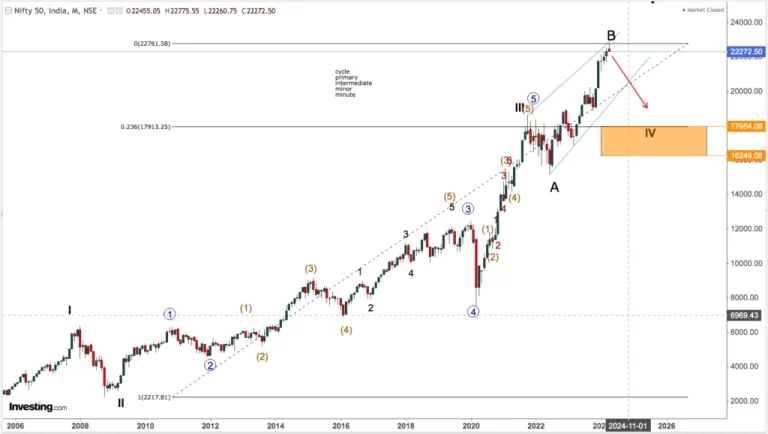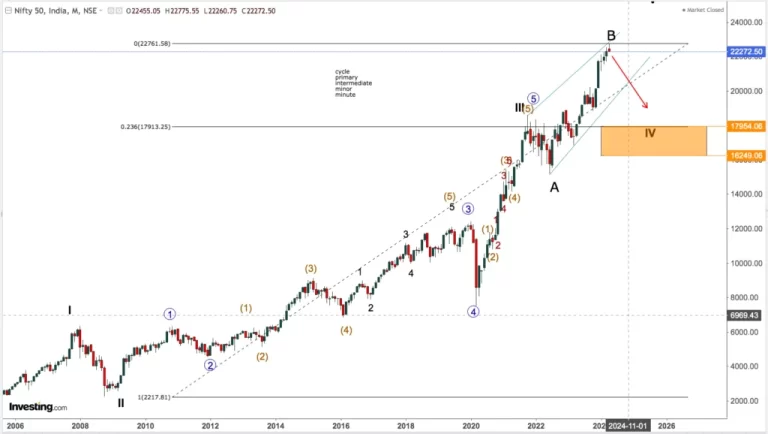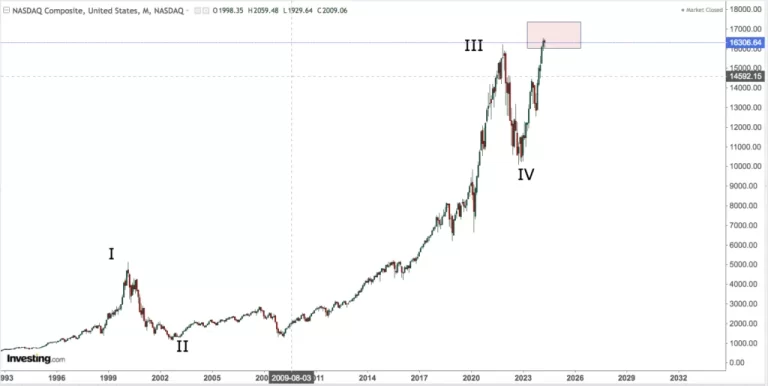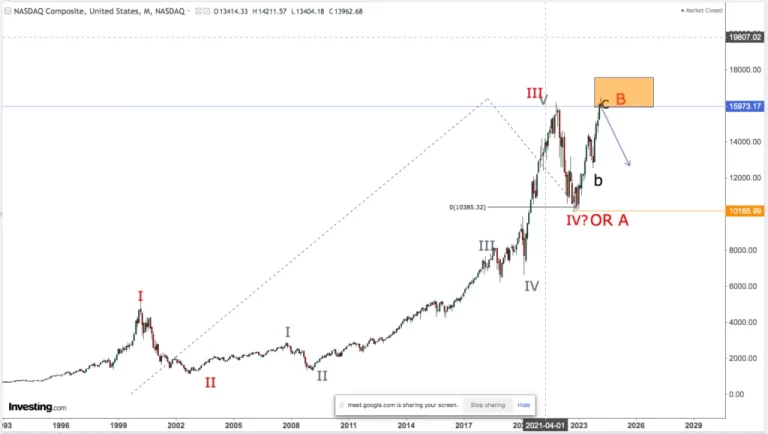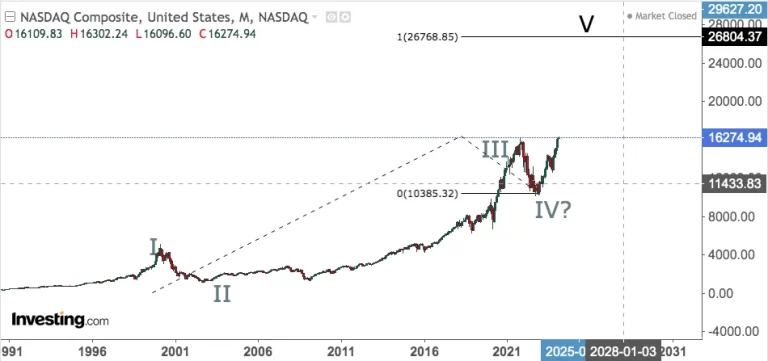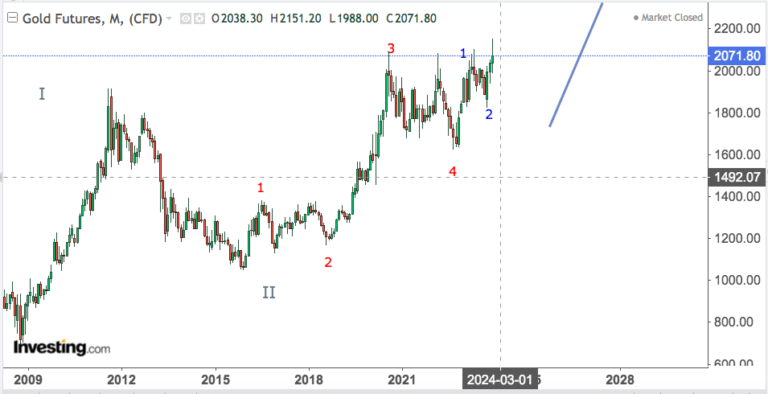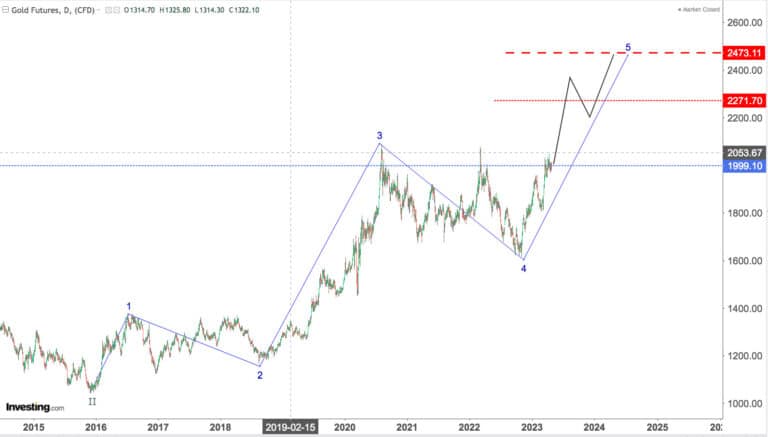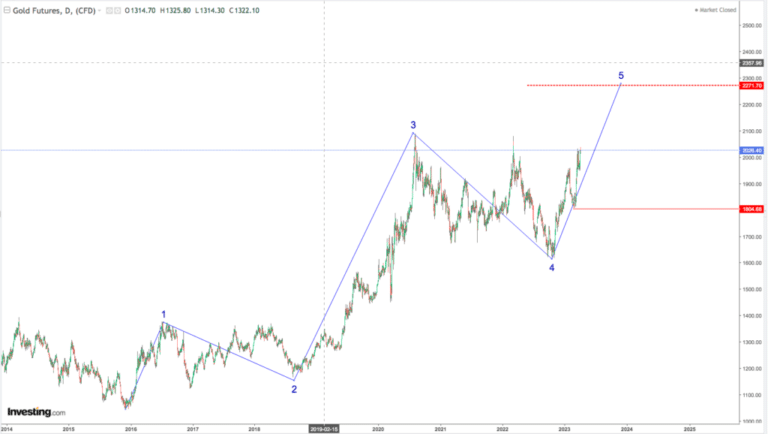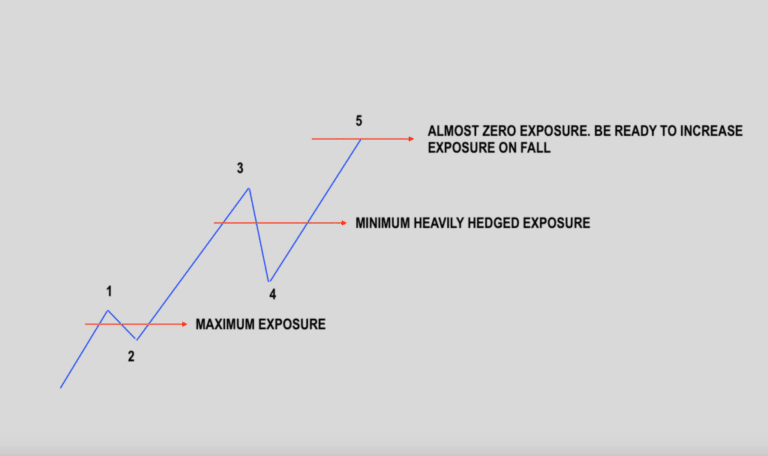Become An Expert of Stock Market Analysis
NIFTY ANALYSIS
NIFTY Opening On 19th April 2024 HDFC BANK HCL TECH BPCL...
NIFTY GENERAL SYNOPSIS NIFTY IN CORRECTIONGOLD IN BULL RUNBHARAT ELECTRONICS CAN CORRECT WITHIN PRIMARY WAVE 4JIO FINANCIAL MAY BE CORRECTING INTO PRIMARY WAVE 2 WITHIN LARGE BULL RUNNIFTY PHARMA IN...
Nifty – The INCIDENT of iran israel war and the POSSIBLE FLAT in the making is very noteworthy, In the flat , if considered a running one , minimum correction till the orange rectangle, However...
NASDAQ ANALYSIS
NASDAQ Opening On 10th April I have given three possibilities on the NASDAQ. Multiple possibilities always arise at every nodal point. POSSIBILITY ONEHere we have wave IV (cycle wave ) completed and...
NASDAQ CLOSE UP APPLE MONTHLY APPLE ZOOMED IN MICROSOFT LONG TERM MICROSOFT ZOOMED IN NVIDIA SHOPIFY SHOPIFY ZOOMED IN PLEASE READ THE DISCLAIMER IN FOOTNOTE WHICH COVERS ALL ANALYSIS GIVEN IN THIS...
NASDAQ Opening On 4th March 2024 Apple Microsoft NVIDIA Shopify...
GOLD ANALYSIS
GOLD Opening on 1st Jan 2024...
Gold , as stated earlier is on a bull run (notwithstanding intermittent corrections). As per above count we have the wave 5 probably extending , as indicated by the subwaves. We should see a healthy...
Gold May have finished its correction into wave 4 or we may be still into wave 4 and correct it as a double zigzag. Above I have given an image for completing its correction at wave 4. Gold is often...
USD/INR ANALYSIS
No posts found.
ARTICLES
Elliott Wave theory is known to have a subjective aspect to it, which can make it challenging, especially for novice traders. Having a mentor is a must , who through his experience can guide and give...
Technical Analysis can be broadly divided into two categories, “Trend and momentum following indicators”“Predicting with repeated patterns (Elliot Wave )”The 1st one has a huge...
Trading in Stock markets, especially with derivatives has inherent risks. These risks can be mitigated by careful planning with the “Size Of Trade” and where one perceives the market to be...

